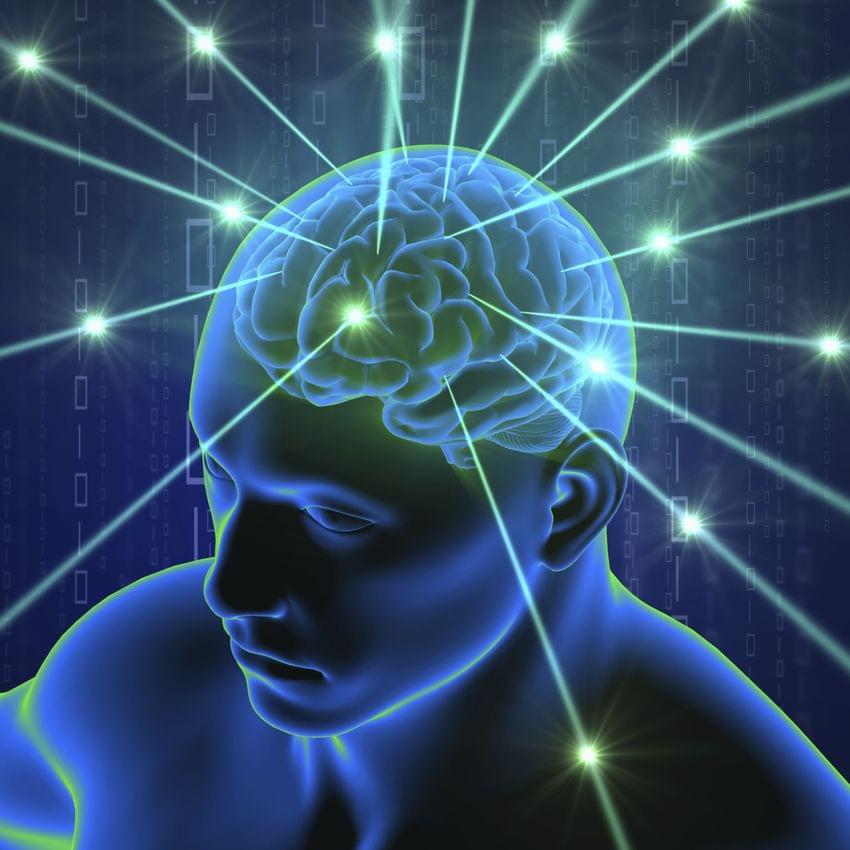Cambridge scientists have shown that placing physical constraints on an artificially-intelligent system—in much the same way that the human brain has to develop and operate within physical and biological constraints—allows it to develop features of the brains of complex organisms in order to solve tasks.
As neural systems such as the brain organize themselves and make connections, they have to balance competing demands. For example, energy and resources are needed to grow and sustain the network in physical space, while at the same time optimizing the network for information processing. This trade-off shapes all brains within and across species, which may help explain why many brains converge on similar organizational solutions.
Jascha Achterberg, a Gates Scholar from the Medical Research Council Cognition and Brain Sciences Unit (MRC CBSU) at the University of Cambridge said, “Not only is the brain great at solving complex problems, it does so while using very little energy. In our new work we show that considering the brain’s problem-solving abilities alongside its goal of spending as few resources as possible can help us understand why brains look like they do.”










Comments are closed.